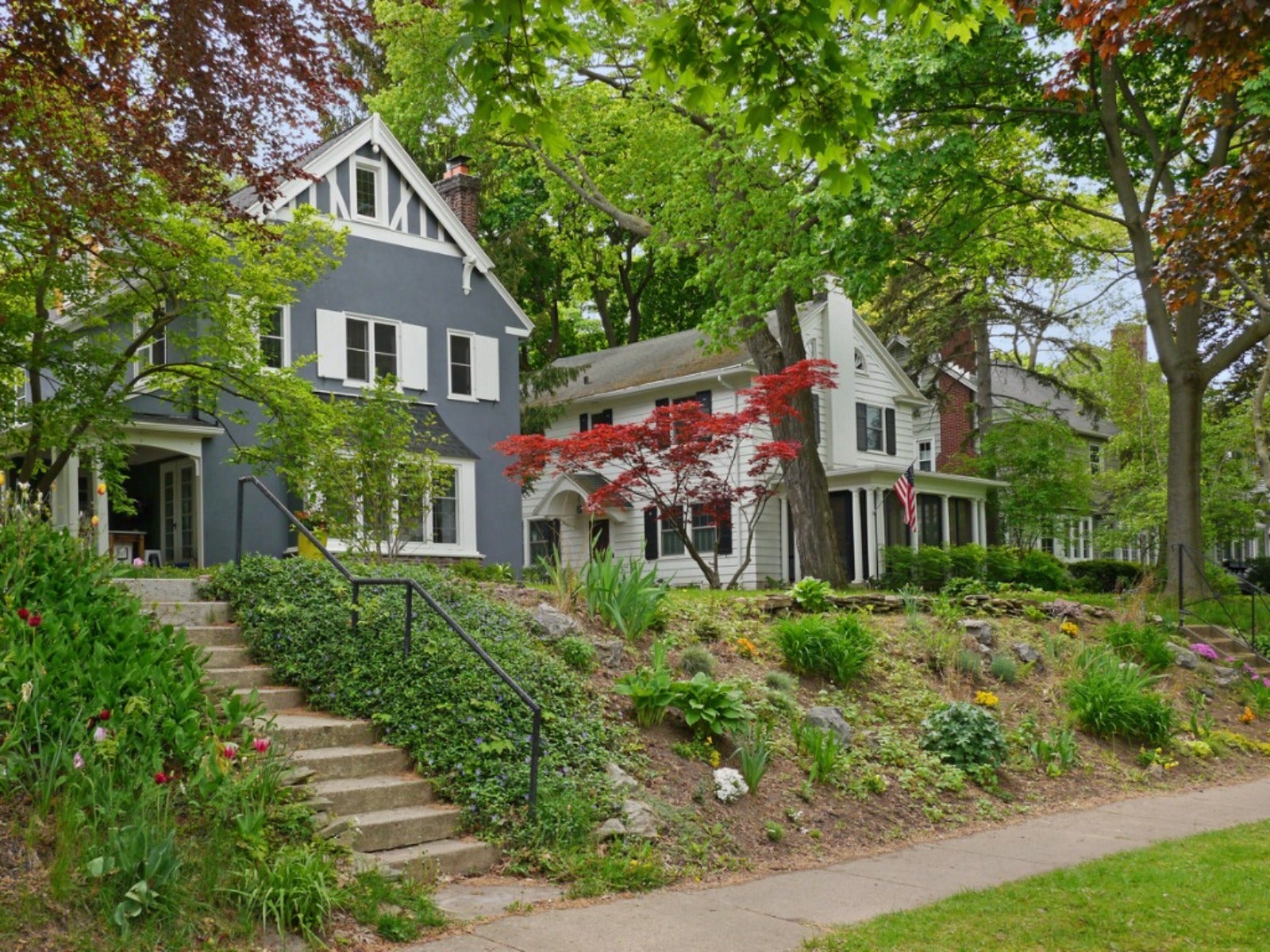How To Stop Erosion On A Slope In Your Front Or Backyard


If you have a hill or slope on your property, then you are familiar with what causes soil erosion. The homeowner has several options to stabilize a slope or hill including planting a vegetative cover, installing retaining walls, or terracing.
How To Stop Erosion On A Slope In Your Front Or Backyard
You are probably already very familiar with what causes soil erosion if you have a hill or slope on your property. Rainfall and wind carry the precious topsoil away to storm drains where it can be transported to waterways, affecting water quality and aquatic life. Runoff can also wreak havoc in your yard and gardens. Managing erosion is important not only for the homeowner but future generations. As mentioned above, the homeowner does have several options to stabilize a slope or hill including planting a vegetative cover, installing retaining walls, or terracing. Let's take a closer look at these options.
How To Stop Erosion On A Hill In The Home Landscape
If you are wondering how to prevent erosion on a slope, the grade of the hill should determine the method of control. For example, where the grade is 33 percent or less, a mix of groundcovers, perennials, trees, and shrubs will stabilize the hill. For a large area, the quickest way to obtain coverage is with lawn grass. Grass that doesn’t need to be mowed is the best option such as native buffalograss, Kentucky 31 fescue, or creeping red fescue if they are suitable for your area. If not, go the groundcover route with such plantings as prostrate juniper, pachysandra, Japanese spurge, bugleweed, liriope, mondo grass, daylilies, Japanese plum yew, evergreen candytuft, and phlox. Call your local extension agent or garden nursery to see what works in your location. Then mix in some shrubs and trees for more interest.
Before planting, prepare the soil by removing all weeds. Then work in limestone and compost. Seed the area and cover it with an erosion control blanket to prevent the seeds from being washed or blown away before they are established. The erosion blankets made of natural products, such as straw with jute netting, will degrade within a season.
If planting with small transplants, be sure to cover bare spaces between them with small sized bark mulch to prevent further erosion.
If the grade is between 33 percent and 50 percent, steep slope erosion control requires immediate action with erosion blankets to cover the seedlings or seeds until the plants can take hold. Other objects such as large rocks, tree trunks, and straw wattles can deflect water until the plants can establish.
If you need information on how to stop erosion on a steep hill, the best solution is to install retaining walls or terracing, especially if the grade is more than 50 percent. These landscaping choices can add a whole new dimension to the front or back yard and offer new ways to showcase a rock garden. Landscape timbers or dry stone walls are often used for retaining walls or terracing. If the walls need to be taller than a couple feet (61 cm.), it is best to hire a professional to ensure the integrity of the structure.
Gardening tips, videos, info and more delivered right to your inbox!
Sign up for the Gardening Know How newsletter today and receive a free copy of our e-book "How to Grow Delicious Tomatoes".
Other ways to redirect water include a dry creek bed or a French drain. The dry creek bed is a surface drain made of river rock and outlined with large stones to simulate a real stream. Water flows through the rocks and is directed to an area where it can soak into the ground, such as a rain garden. The French drain is for more serious water flow and is a subsurface drainage system. A trench holding a perforated pipe is created and filled with gravel. The pipe carries the excess water away from the immediate area to a safe disposal site.
Hill erosion control can be an expensive endeavor in the beginning, but if carried out properly, it is a wise investment.

After graduating from Oklahoma State University with a degree in English, Susan pursued a career in communications. In addition, she wrote garden articles for magazines and authored a newspaper gardening column for many years. She contributed South-Central regional gardening columns for four years to Lowes.com. While living in Oklahoma, she served as a master gardener for 17 years.